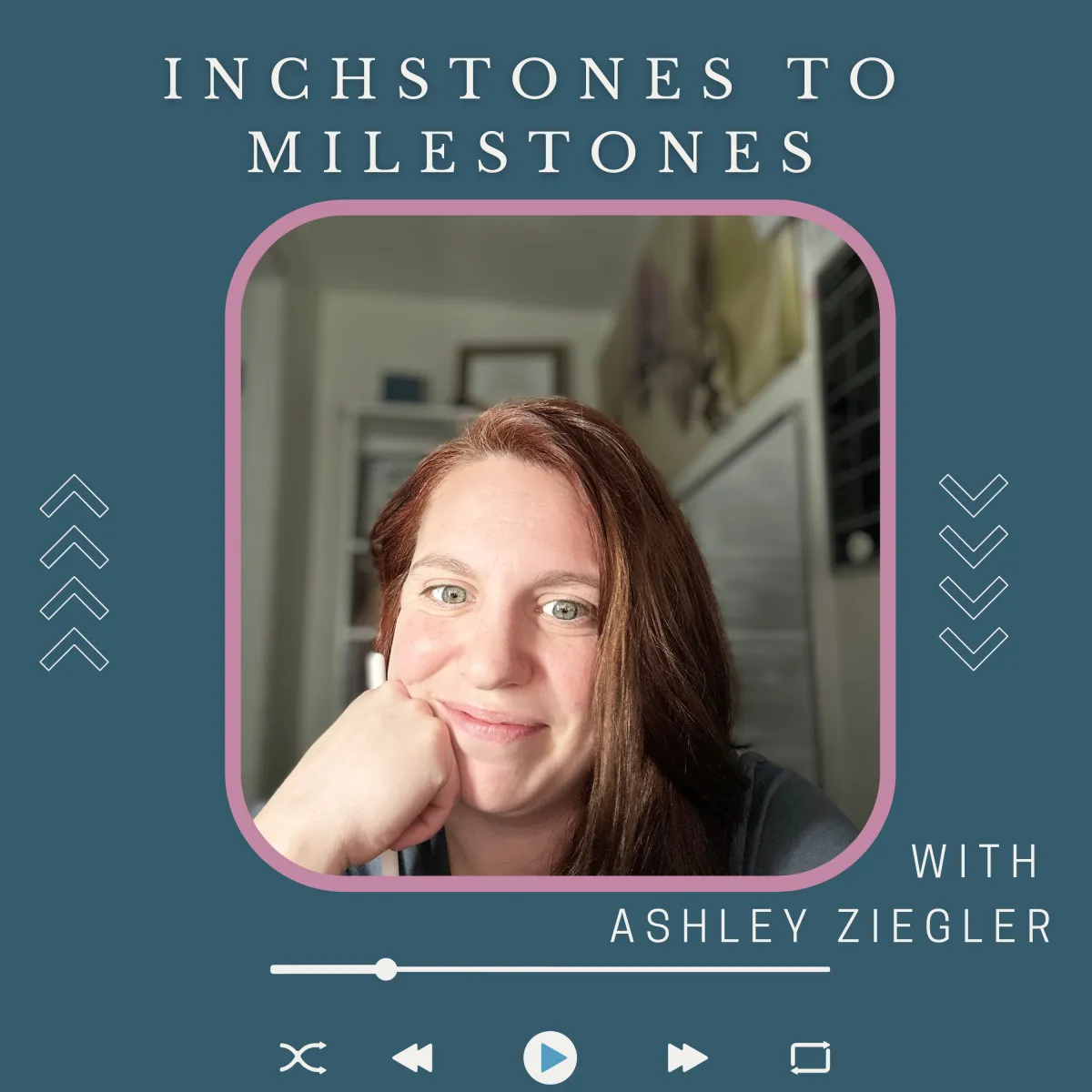
BLOG
Supporting Families with Disabilities is Our Mission

Is ABA Abusive?
Hello everyone! Today, I'm diving into a hotly debated topic in the autism community and beyond—Is Applied Behavior Analysis (ABA) therapy abusive? This is one of those topics I've known I'd have to address eventually. As a parent and an advocate, I want to shed some light on what ABA therapy is, how it has evolved, and why there’s a mixed reputation surrounding it.
What Is ABA?
For those unfamiliar, Applied Behavior Analysis (ABA) uses data-driven strategies to teach individuals skills that support their personal, social, and emotional development. These skills range from improving communication and social interactions to managing sensory needs. ABA is considered an evidence-based practice, meaning it’s backed by scientific research, and is tailored to each person’s unique behavior patterns.
In a nutshell, the goal of ABA is to understand why certain behaviors occur—whether it’s to gain attention, access something, avoid a situation, or simply for sensory satisfaction—and to use this insight to develop alternative ways to meet these needs.
The Ugly Past of ABA
To understand why some people label ABA as abusive, we have to look back. When ABA was first developed, the goal was often to make autistic individuals behave as though they were neurotypical. Techniques such as forced eye contact or training through food rewards were common, and some programs even used harsh methods like yelling. This approach, known today as “high-masking,” aimed to teach autistic people to suppress their natural behaviors, which often led to discomfort, frustration, and a sense of “othering.”
But it’s crucial to acknowledge that these outdated practices no longer reflect the values of modern ABA. Just as medicine once included practices like bloodletting, ABA has evolved dramatically. Today’s best ABA practices no longer demand eye contact or other overstimulating actions, which we now understand to be uncomfortable for many autistic individuals. This evolution shows a shift toward prioritizing comfort, respect, and individual choice.
Is ABA Abuse? It Depends on the Approach
One reason people still associate ABA with abuse is that, unfortunately, some therapists haven’t moved past these outdated techniques- mainly forced eye contact. As a parent, it’s essential to be involved in your child’s therapy and to ask hard questions. Know the goals of your child’s ABA sessions, meet the therapist, and ensure the therapy aligns with your values and your child’s unique needs.
In my own experience, my son received ABA for over two years, and it was life-changing in the best way. But not because he became “easier” to manage—instead, he learned how to communicate, advocate for himself, and build relationships. The ABA approach we used was centered around his interests, helping him gain skills like requesting items and differentiating between options, all in ways that felt natural and supportive.
Modern ABA: Advocacy Over Compliance
The ABA that I advocate for is one that empowers children to make choices and advocate for themselves. The focus isn’t on forcing them to comply with rules or meet a rigid standard of behavior; it’s about nurturing their ability to thrive and be confident in who they are. While there may be times they’ll need to learn alternatives to certain behaviors for safety reasons, those alternatives should respect their sensory needs and personal comfort.
If you’re considering ABA for your child, here’s my advice:
Ask questions: Be clear on the therapy goals, how sessions are conducted, and why specific techniques are used.
Observe sessions: When possible, have ABA conducted in your home so you can see the methods firsthand.
Consider the hours: While some providers recommend 30-40 hours per week, remember that your child is still a child. They need time to play, explore, and just be.
ABA isn’t about “normalizing” a child—it’s about providing them with the skills to navigate life in ways that make sense for them. If you approach it with the right questions and remain involved, ABA can be a supportive and beneficial tool.
Too long didn't read? click here to listen to me talk about this on the podcast!
Interested in joining a community of special needs parents? Monthly zoom meetings with challenges that help get you out of survival mode and into a life of thriving? Join the waitlist HERE!

FREE DOWNLOAD
WANT TO TRY A RESOURCE FOR FREE?
This Printable Visual Schedule is perfect for letting your child know what to expect next.
You will be able to download after signing up to receive regular support through your email.
© Copyright 2024 Inchstones to Milestones by Ashley - Privacy Policy - Terms & Conditions